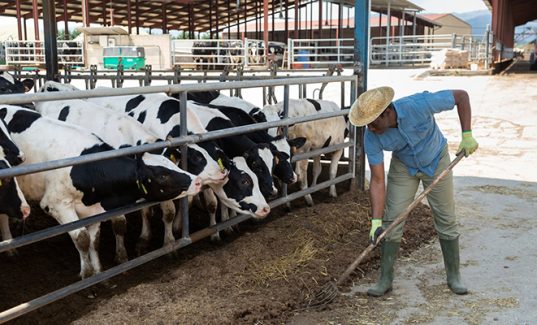In conjunction with December 2014 proofs, the genetic base is also updated for every breed. In the US, the genetic base is adjusted about once every five years to ensure a sire’s proof is always compared to the most accurate and relevant reference population.
Before the December 2014 proof round, the reference population to which we compared sire proofs was the average cow born in 2005. But since those cows are now nearly ten years old, and many have been removed from the herd, the industry-wide point of comparison is being updated to the average cow born in 2010.
These changes account for the amount of genetic progress we’ve made over the last five years in the Holstein breed. The table below illustrates the exact genetic base changes occurring with this proof round. This means, for example, that the average cow in 2010 produces 382 pounds more milk and lives 1.0 months longer than the average cow born in 2005. This is the first time that the Holstein breed has made positive progress for daughter pregnancy rate.
The shift in production, health and conformation traits means that every bull’s proof will decrease by that much, simply because of this reference point shift. This does not mean that a bull’s genetics change. It also does not mean that his daughters will produce less or that they are any less fertile.
Instead, it’s simply a rollback that happens equally to every Holstein bull in the industry to account for the genetic progress that has been made in the past five years.
Within the calving traits, the adjustment is a bit more difficult to understand, since the average of these traits is always set to 8.0. This means, for example, that the 0.4 change for Sire Calving ease causes a bull who was previously 8.0 for calving ease to jump up to about 8.4. Similarly, a bull that was 8.0 for Daughter Calving Ease now jumps up to a 9.6 because of the reference point shift.
So keep in mind…
- These changes occur about once every five years
- The changes are equal across all males and females in the Holstein breed
- The adjustments should have no effect on your genetic plan. If you want to select for high production or high health traits, the same bulls will still rank at the top of your list as they did previously.
Source: Alta Genetics





